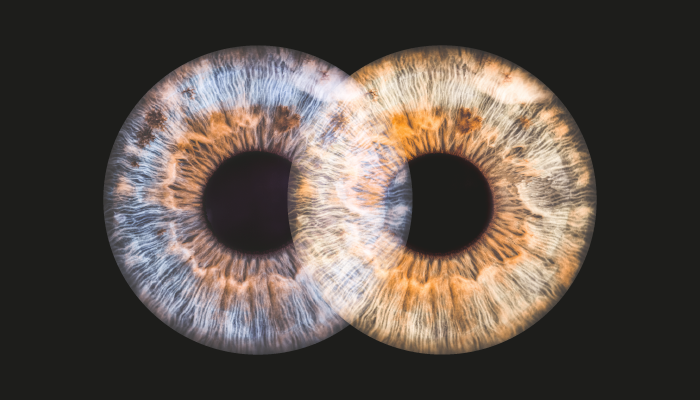
Original image credit: AdobeStock.com
A new Translational Vision Science and Technology (TVST) study has evaluated the pressure resistance of two non-valved glaucoma drainage devices (GDDs) – the Paul Glaucoma Implant (PGI) and Ahmed ClearPath 250 (ACP) – with and without polypropylene threads inserted inside their tubes. The research aimed to understand how these modifications impact intraocular pressure (IOP) control and the risk of hypotony after surgery.
The study measured flow pressure at different rates (1-5 µL/min) for both implants. Without a thread, PGI maintained a relatively stable, low pressure, while the addition of a 6-0 polypropylene thread significantly increased pressure resistance. This suggests that the PGI with a 6-0 thread may not require external tube ligation to prevent post-surgical hypotony.
For ACP, the presence of a 4-0 polypropylene thread resulted in slightly higher pressure resistance, but still required external ligation to prevent excessive aqueous drainage. However, when a 3-0 thread was used, pressure resistance increased further, suggesting that ligature-free implantation may be possible, though this would require clinical validation.
The findings highlight that pressure resistance varies significantly based on device design and modifications. It was noted that the PGI with a 6-0 thread may prevent postoperative hypotony without additional ligation, while the ACP with a 4-0 thread still requires ligation. However, a 3-0 thread may provide enough resistance to avoid it.
As such, the researchers note that clinicians should consider tube diameter, polypropylene thread type, and pressure resistance when selecting drainage devices for glaucoma patients.
While the study provides valuable insights into non-valved glaucoma device selection, it was conducted in vitro, meaning that clinical trials are now needed to confirm whether these modifications translate to real-world surgical outcomes. Understanding the fluid dynamics of different GDDs could improve surgical techniques and lead to better outcomes for glaucoma patients.
